Promoting electric car production not only contributes to achieving Vietnam's goals at COP 26 but also serves as a driving force for the development of domestic supporting industries.
Aspiration for localization
Developing the domestic automobile market to promote the manufacturing industry, especially the supporting industry, is a strategic goal set by the Government and implemented over the past decades. Policies to attract foreign investment to attract major automobile manufacturers in the world to Vietnam since the late 90s of the 20th century and later the Strategy for developing the domestic automobile industry in each stage have been issued and supplemented to suit the reality and developments of the market.
It can be seen that the domestic automobile market and the Vietnamese automobile industry have developed remarkably. The market capacity has increased year by year, the localization rate has increased, helping to reduce car prices and bring the dream of owning a car closer to many Vietnamese consumers. "Made in Vietnam" cars not only roll across the country's roads but are also present in many markets around the world, places considered the "cradle" of the automobile industry.
However, it must also be said that the picture of the domestic automobile industry still has some dark colors, most clearly shown in the implementation of product localization according to the commitment of investors.
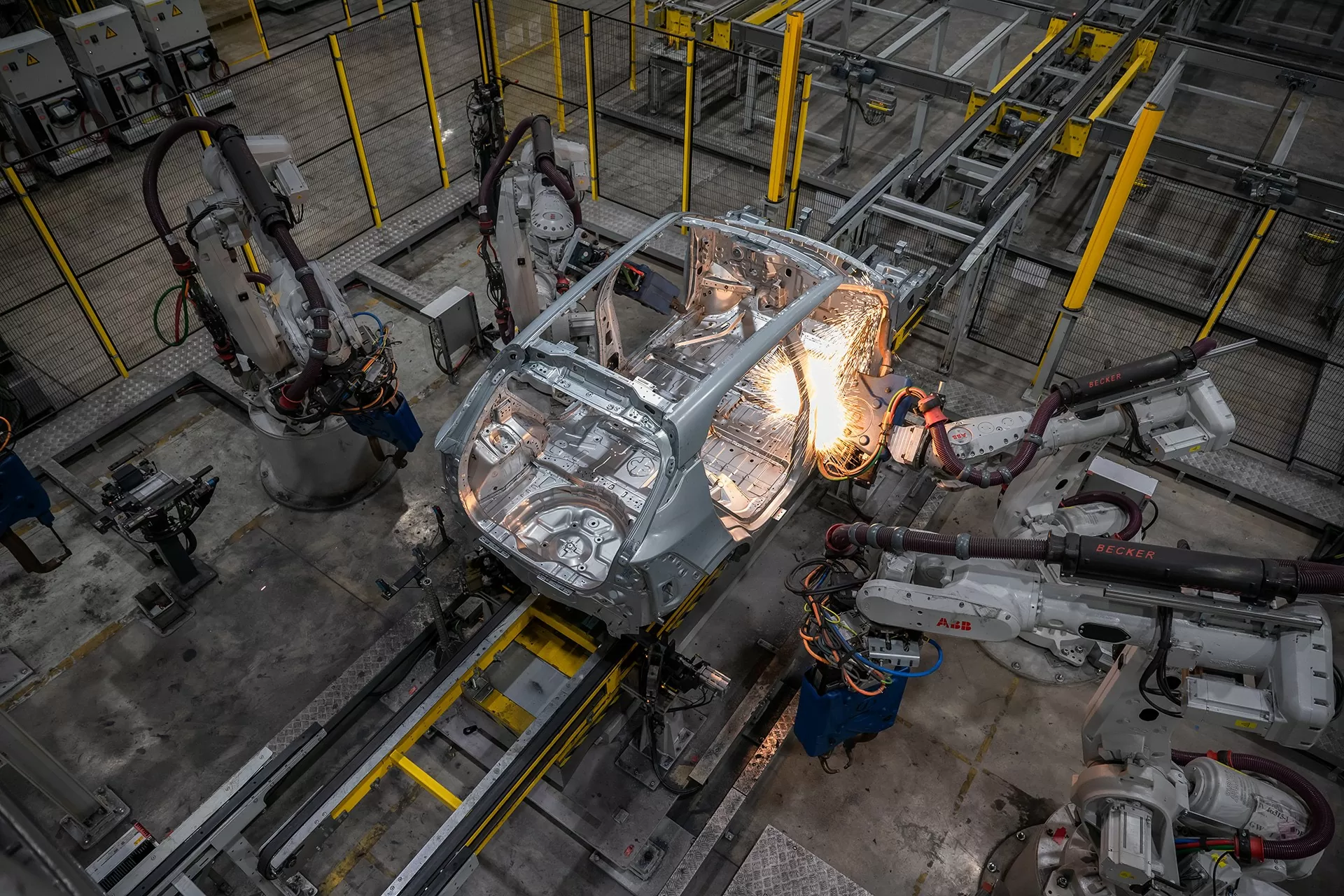 |
| Vietnam's automobile industry has made remarkable progress. Photo: Duy Minh |
Sharing about this content, economic expert Pham Chi Lan said that in the 1990s, when Vietnam started designing an industrialization program for the economy, many foreign investors were interested in the development of Vietnam's automobile industry such as: Toyota, Isuzu, Hyundai, Deawoo, Ford... And just a short time later, in 1995, there were 11 famous automobile companies around the world officially entering Vietnam to develop the first assembly line.
“At that time, we all had a belief and aspiration that businesses investing in Vietnam would help the supporting industry develop, the localization rate would increase, Vietnamese people would learn a lot about labor skills, management skills, and there would be technology transfer so that the Vietnamese automobile industry could be formed,” the expert recalled.
In fact, at that time, to realize the expectations of developing the domestic automobile market and promoting the supporting industry, Vietnam offered great incentives to foreign investors in this field. And most investors also committed to increasing the localization rate to 30% after about 10 - 15 years with the promise of technology transfer and vehicle export.
However, according to Ms. Lan, the reality afterwards was completely contrary to the initial commitment and expectations. Most foreign investors in Vietnam used supporting enterprises that they brought from outside to Vietnam. These units also enjoyed incentives like automobile brands, especially with a corporate income tax rate of only 10%, while Vietnamese supporting industry enterprises at that time still had to bear a tax rate of up to more than 20%. "With such incentives, supporting industries in Vietnam have no opportunity to develop" - Ms. Lan expressed her opinion.
This demonstrates why the number of supporting industry enterprises in Vietnam is very small, only about 3,400 enterprises in all industries. The number of units in the automobile industry is even only a very small part of the above number. And recently, when the domestic automobile brand Vinfast boosted the production of electric vehicles in the domestic market and expanded its investment activities abroad, the expectation that the supporting industry in general and the supporting industry for automobile production in particular will have more growth momentum is completely grounded.
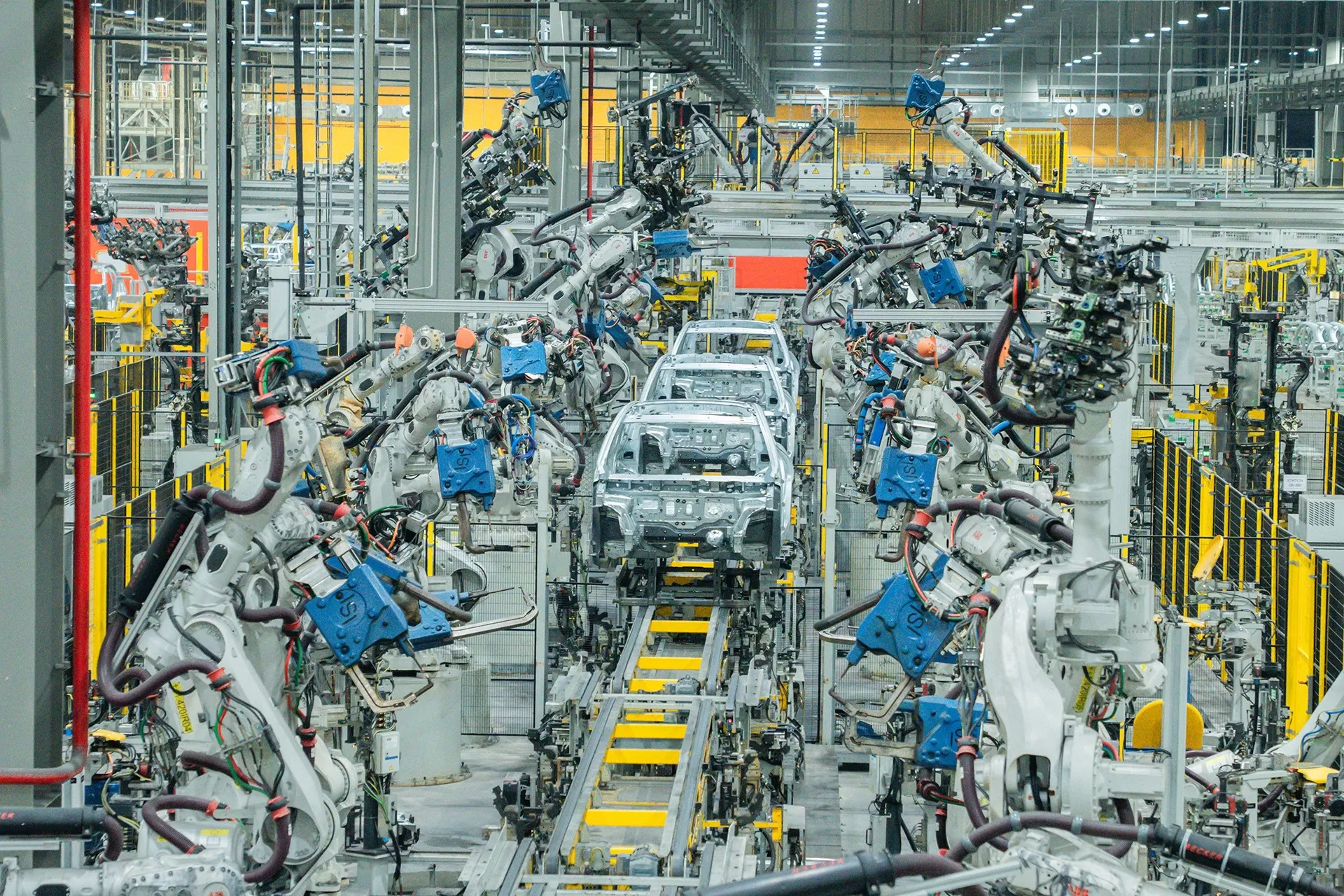 |
| VinFast has a localization rate of more than 60% and is planned to reach 84% by 2026. Photo: Duy Minh |
With VinFast, Ms. Pham Chi Lan shared her joy in witnessing with her own eyes the important details of the electric vehicle such as the body, engine, etc. being produced right in Hai Phong - on the land of Vietnam. In addition, the factory's production line and equipment system are also from the most advanced and modern industrial backgrounds.
The economist mentioned a number that she said was convincing when VinFast had a localization rate of more than 60% and according to the plan, it will reach 84% by 2026. "I completely believe that VinFast can do it. In just over 7 years, VinFast has done more than other companies that have been in Vietnam for decades," Ms. Lan assessed.
At the same time, she affirmed that those numbers have been and are making great contributions to Vietnam's industry. "I hope suppliers will join hands with VinFast to realize Vietnam's dream of localization, to realize the green dream" - the expert expressed.
The "leading crane" does not go alone
Sharing the company's orientation, Mr. Le Ngoc Anh, Director of VinFast Vietnam Factory, said that since its inception, the unit has focused on developing domestic supporting industries in addition to vehicle manufacturing. At the production complex, more than 30% of the area has been reserved for supporting industries, creating conditions for domestic enterprises to participate in the supply chain.
Currently, the localization rate of VinFast electric vehicles has reached more than 60%, including important details such as the body, engine, roof and shock absorbers. In particular, the car company has proactively produced important components such as the body, engine, etc. thanks to factories with an automation level of over 90%, ensuring quality and production scale meeting international standards. Currently, the company's factory has workshops: stamping, welding, assembly, engine, etc., all installed on the most modern and advanced production lines in the world from Germany, Austria, Korea, etc.
“VinFast plans to increase the localization rate to 84% by 2026 by domestically producing parts such as car seats, wires, car lights, rims, brake-steering systems, interior and exterior components, mirrors, etc. When we can produce electric batteries, we will reach a rate of 84% - this is the component with the highest value in electric vehicles,” said Mr. Ngoc Anh.
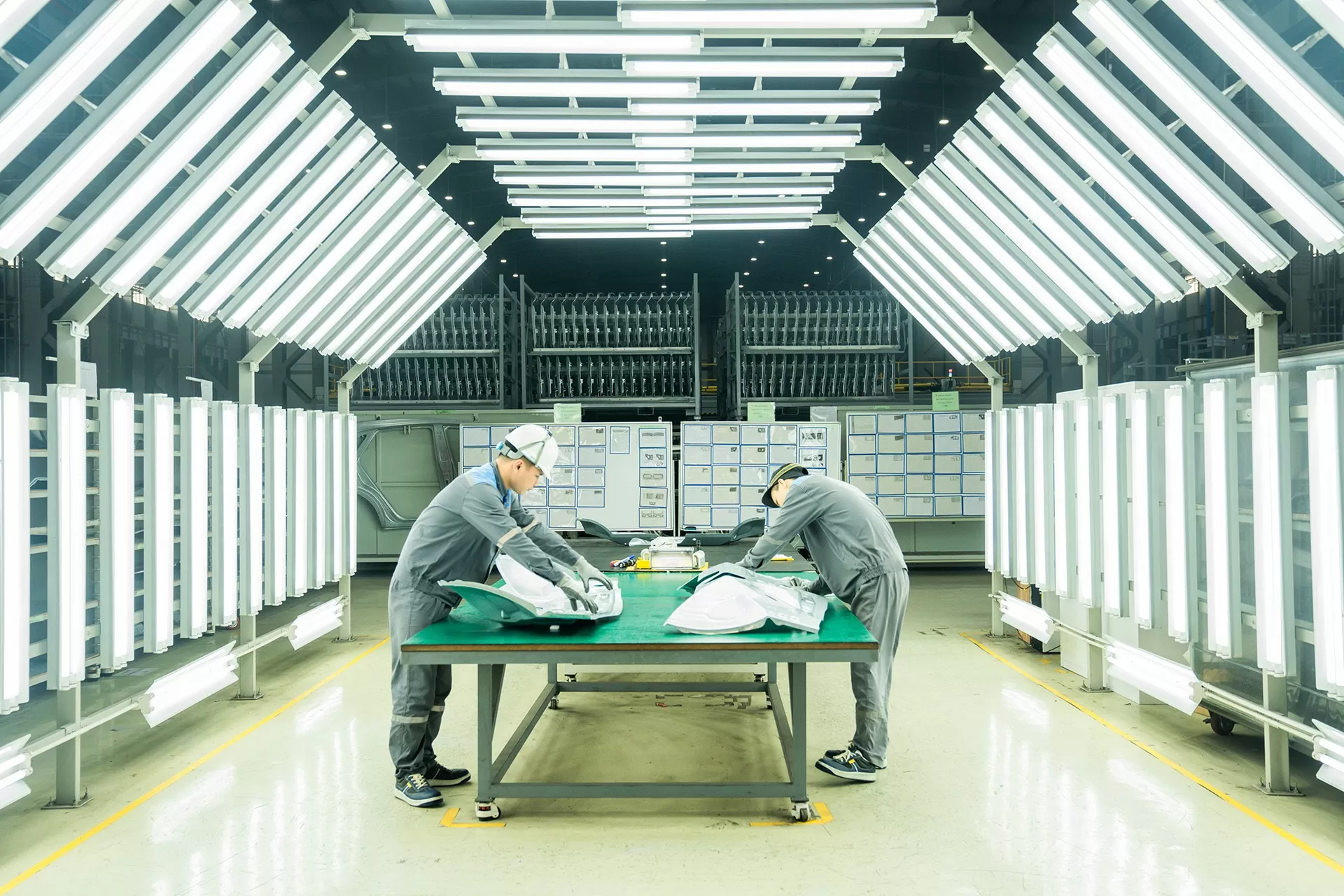 |
| At VinFast's production complex, more than 30% of the area has been reserved for supporting industrial zones. Photo: Duy Minh |
To realize the above goal, VinFast has cooperated with Vietnamese enterprises with experience in manufacturing spare parts, components and supporting fields such as logistics, assembly, and processing, and cooperated with FDI enterprises in Vietnam in the supporting industry, to increase access to high technology and modern management skills.
Currently, the Vietnamese car company has built an integrated production ecosystem right in the factory area, including a production support center and a synchronized supply chain. The unit also commits to signing long-term contracts with qualified supporting businesses, helping businesses feel secure in investing and expanding their scale.
Sharing from the exterior plastic supplier, Mr. Tran Quoc Minh Dang, General Director of Y Chi Viet Limited Liability Company emphasized that the big turning point in 2020 was when becoming a component supplier for VinFast. Currently, the unit has provided more than 80 components and over 60 plastic frames for VF e34, VF 9 vehicles and electric buses.
“We are proud to have provided highly precise and difficult plastic components with ADAS systems for VinFast electric vehicles. Our achievements today are the result of more than 10 years of development efforts, strengthening our confidence and promoting localization,” said Mr. Tran Quoc Minh Dang.
Associate Professor, Dr. Bui Quang Tuan, Vice President of the Vietnam Economic Science Association, former Director of the Vietnam Economic Institute, said that he highly appreciated the efforts and achievements that VinFast has achieved. “In the context that the world is entering a new era of science, technology, and artificial intelligence, I hope VinFast will be the leading bird. They take the lead but lead the flock, not go alone, helping Vietnam move quickly, even skipping some sequential stages. This is appropriate in the context that Vietnam is determined to innovate its growth model, relying on science and technology, innovation, greening and sustainable development,” said Mr. Tuan.
Commenting on VinFast's strategy of increasing the localization rate, experts said that it is not only a business goal of an enterprise but also part of the mission to contribute to the development of Vietnam's supporting industry. With its strategic goal and long-term commitment, the Vietnamese car company makes an important contribution to building a strong and sustainable supporting industry ecosystem, creating a driving force for sustainable economic development for Vietnam in the future.
| In the outline of the Vietnam Automobile Industry Development Strategy to 2030, with a vision to 2045 being drafted by the Ministry of Industry and Trade, the target is set as follows: By 2035, the total vehicle output will reach about 1,531,400 units, of which vehicles with up to 9 seats will be about 852,600 units, vehicles with 10 seats or more will be about 84,400 units, trucks will be about 587,900 units, and specialized vehicles will be about 6,500 units. The proportion of domestically assembled vehicles accounts for about 78% of domestic demand. Regarding the development of supporting industries, in the period of 2026 - 2035, over 65% of the demand for components and spare parts for domestic automobile assembly and production will be met. The strategy targets that by 2035, the total number of exported vehicles will reach about 90,000 units. |
Source: https://congthuong.vn/no-luc-hoan-thanh-muc-tieu-noi-dia-hoa-cua-nganh-cong-nghiep-o-to-viet-nam-364917.html






![[Photo] General Secretary To Lam receives Russian Ambassador to Vietnam](https://vstatic.vietnam.vn/vietnam/resource/IMAGE/2025/4/2/b486192404d54058b15165174ea36c4e)
![[Photo] Third meeting of the Organizing Subcommittee serving the 14th National Party Congress](https://vstatic.vietnam.vn/vietnam/resource/IMAGE/2025/4/2/3f342a185e714df58aad8c0fc08e4af2)

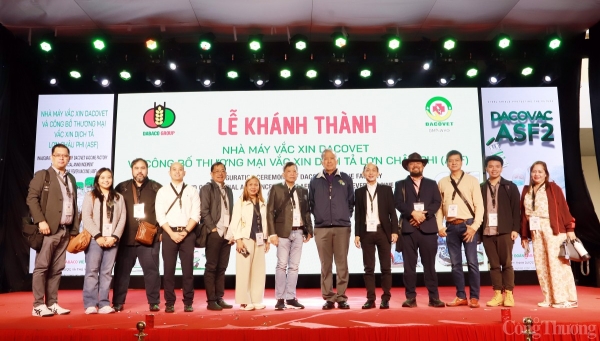
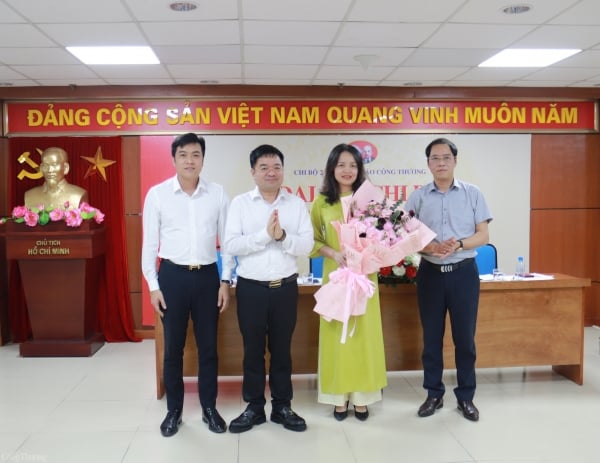
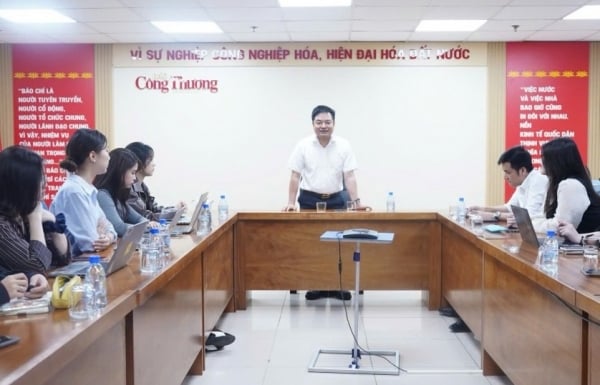



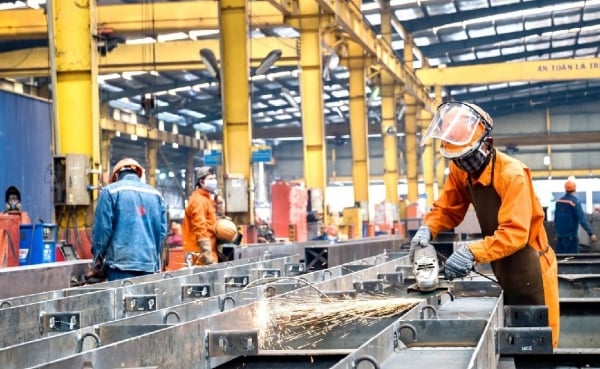
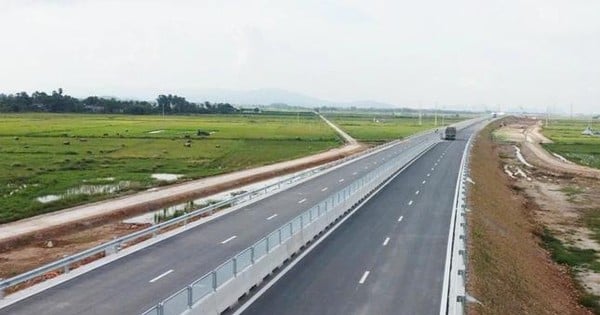


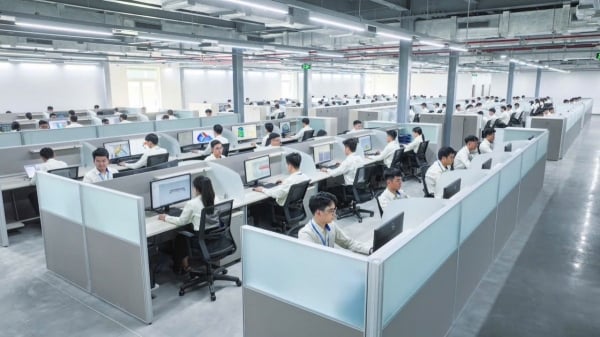




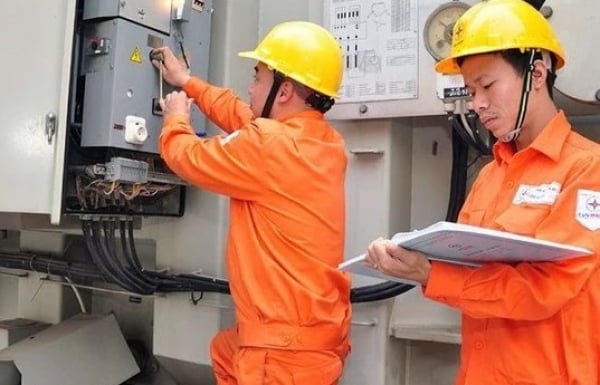

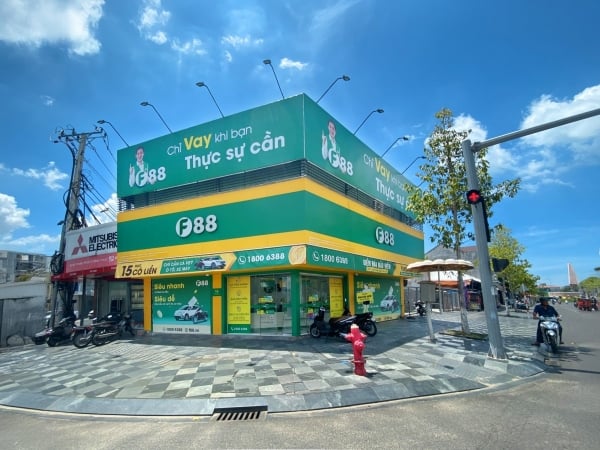



![[Photo] Relatives of victims of the earthquake in Myanmar were moved and grateful to the rescue team of the Vietnamese Ministry of National Defense.](https://vstatic.vietnam.vn/vietnam/resource/IMAGE/2025/4/2/aa6a37e9b59543dfb0ddc7f44162a7a7)











































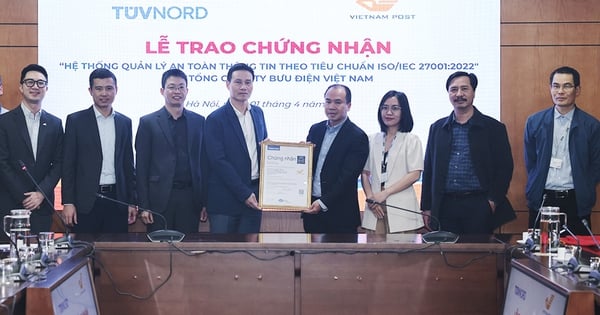










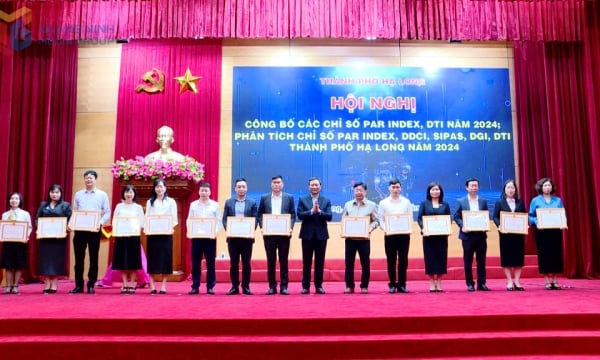
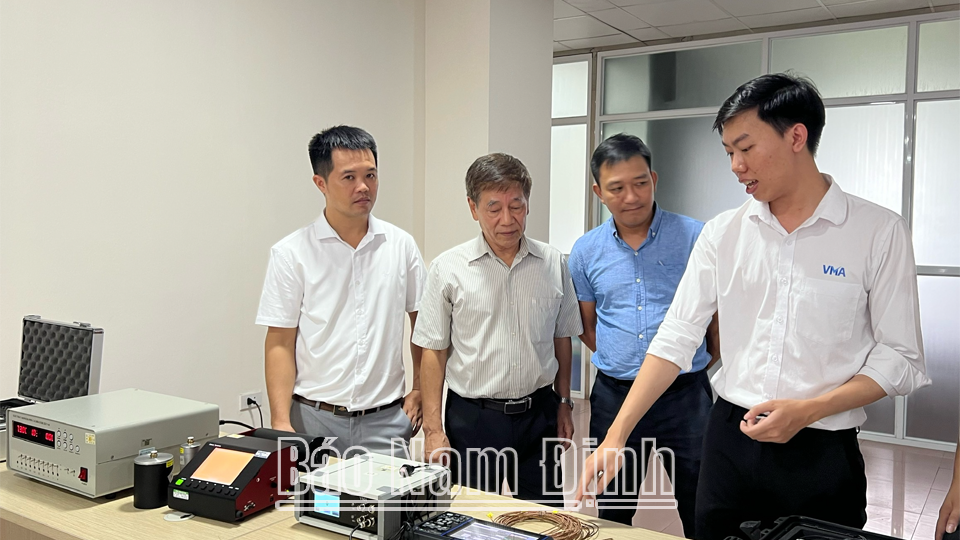










Comment (0)